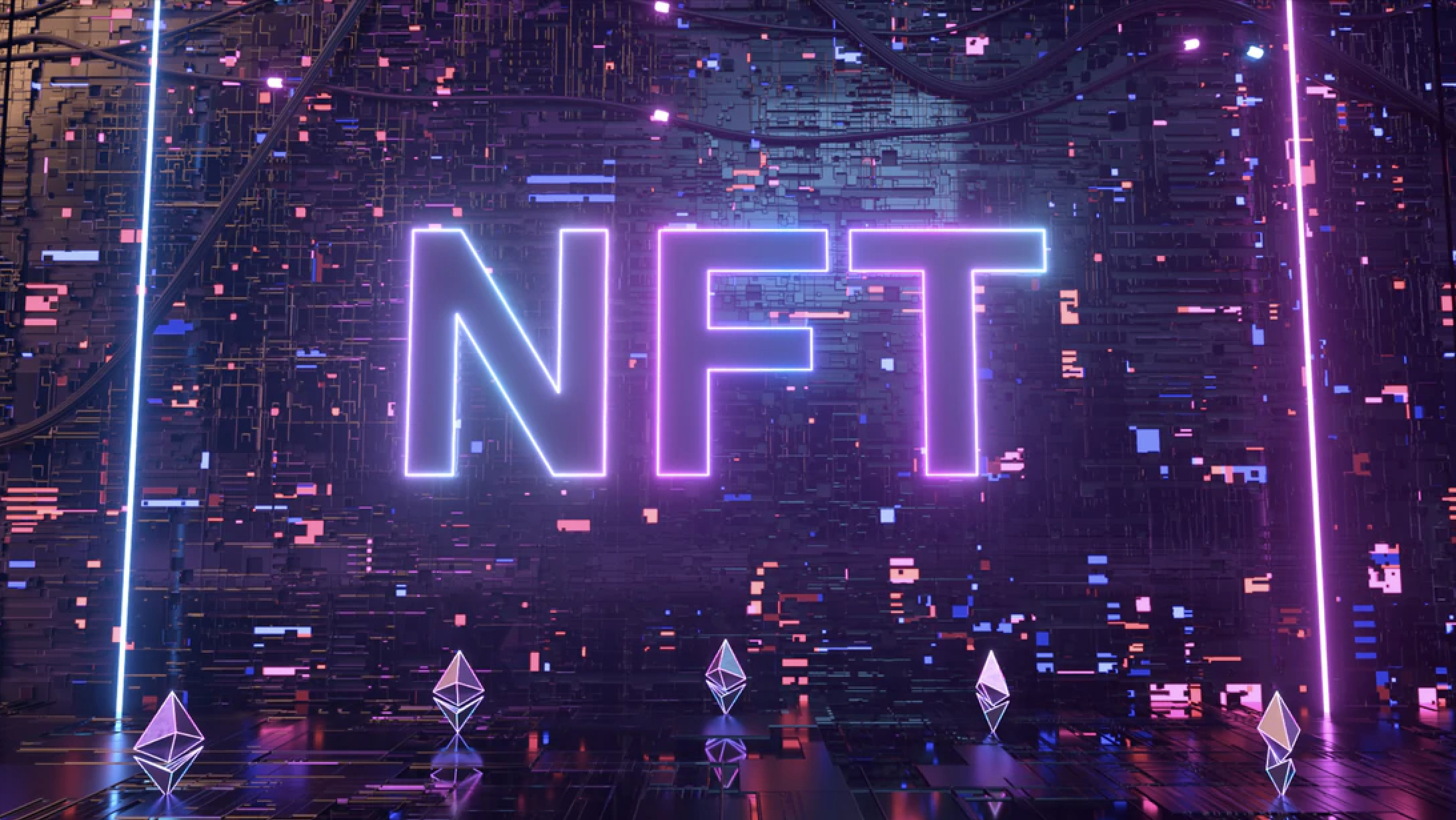The Future of NFTs: More Than Just Digital Collectibles

What is a Cryptographic Token?
A cryptographic token is a digital asset that uses cryptography to store information. This information can then only be accessed by the owner and transfers, unless they are made public, are private. The information that makes up a token includes who created it, when it was created, who owns it, and any rules set in place that control the transferability of the token.
What are Non-Fungible Tokens?
Non-fungible tokens or store of value tokens are a subset of the cryptographic token ecosystem. The most common type of non-fungible tokens are virtual items that have a finite supply. This means that once a certain quantity has been attained, the item either becomes worthless or may be exchanged for something else.
The Evolution of NFTs: From Blockchain Collectables to Digital homesteads
Blockchain collectables have been a hot topic in the world of blockchain for a while now. The first collectable that came to light was CryptoKitties, which saw over 700 million dollars in transactions. This was popular not just among users, but also among investors and the media — CryptoKitties was covered by Bloomberg and CNBC.
The popularity of blockchain collectables came about because of two things: the need for a new form of digital asset and the endless possibilities that the blockchain brings to the table.
Driving Factors for the Evolution of NFTs
New Use Cases: One of the core driving factors behind the evolution of NFTs is that they can be used to solve real-world problems.
For instance, the lack of availability of rare medicines has led to a thriving black market. NFTs such as Digix’s Gold Lab, which lets users manage and track their gold bars, can solve this problem. This can be done by bringing the gold market into the digital world, increasing transparency, and reducing the costs of conducting business.
This can also be extended to other problems. The absence of identity verification systems as a way of governance has led to widespread fraud. Using NFTs such as Utrum’s Reputetoken, which uses digital identities, governments can enable verifiable identity systems.
The Importance of Elements: Another thing that led to the evolution of NFTs was the inclusion of elements that are important for the growth and evolution of digital assets.
The most prominent one is the inclusion of scarcity. The use of scarcity in digital assets has been observed to give them a higher value than non-scarce assets.
This is because scarcity is used to create market demand, which also results in price appreciation. The same principle can be extended to non-fungible tokens.
Final Words: The Future of NFTs
The future of NFTs is bright. Let’s take a look at what the coming years have in store for us.
As the use of NFTs increases, the value of essential elements such as scarcity and authenticity will also increase. This can lead to the creation of more exclusive NFTs. As the value of NFTs increases, they can be used as store-of-value assets. This has the potential of turning into a massive market as the size of the crypto market is estimated to be $500 billion. Non-fungible tokens can be used in a variety of use cases ranging from crowdfunding campaigns to product launches, etc. It is important to remember that though NFTs have been around for a while now, they only recently started to see mainstream adoption due to their potential to solve real-world problems and are only set to get better from here on out.
The future of NFTs looks very promising indeed — we can only hope that innovation in this space doesn’t slow down.







 Call
Call
 Mail
Mail